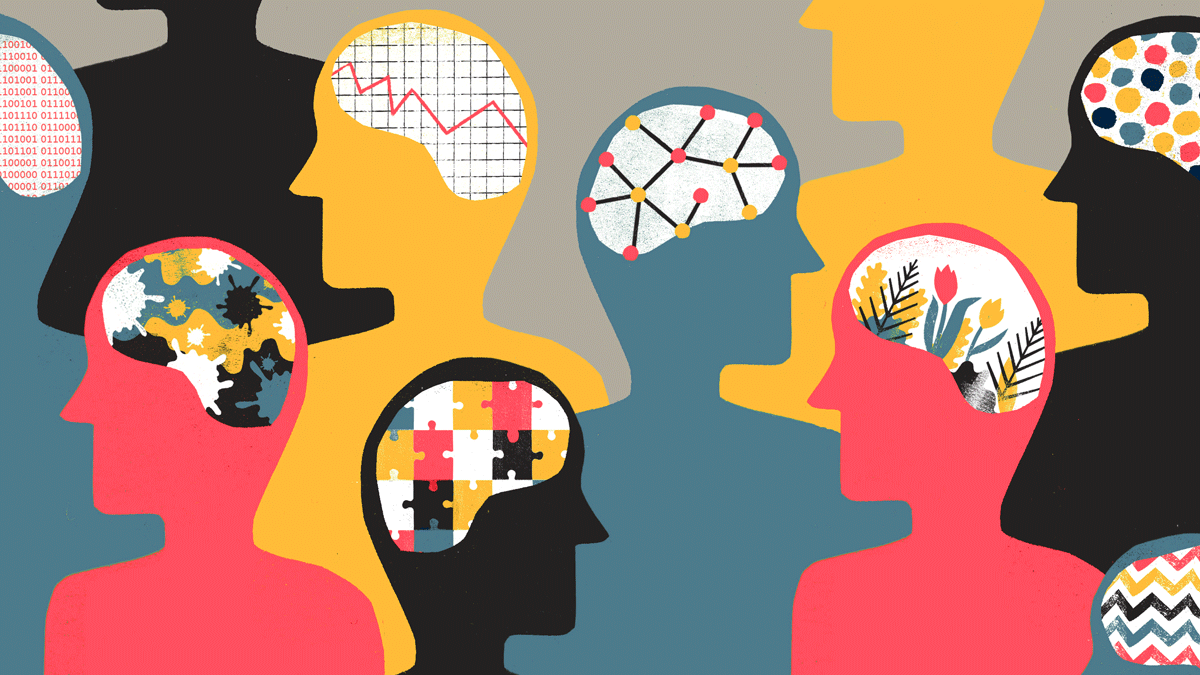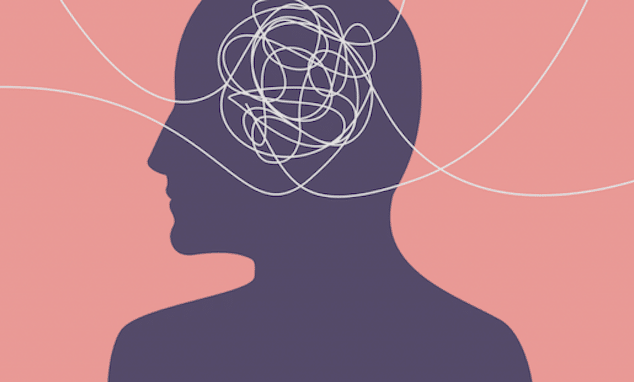
How to survive a Mental Health Crisis: Getting help and treatment during onset of mental breakdown. Understanding the onset of mental trauma and getting necessary help.
Knowing when someone needs behavioral health crisis support can be important. A crisis can be life-threatening and often requires intervention from someone who’s a professional and is trained in crisis intervention.
Below are things to know about a mental health crisis and what to do.
1. What’s Considered a Mental Health Crisis?
A mental health crisis is any scenario when someone’s feelings, actions, or behaviors could lead to them hurting themselves or another person or putting them at risk of being unable to take care of themselves or function in a healthy way.
While people with diagnosed mental health conditions may be most likely to experience a crisis, it can happen to anyone.
A mental health crisis can be used interchangeably with the term mental health emergency. The National Alliance on Mental Health (NAMI) uses crisis and emergency with the same meanings.
Other organizations will define a mental health emergency as life-threatening and a crisis as non-life-threatening.
Still, others will say that an emergency is someone attempting suicide, and a crisis is when someone thinks about it or plans a suicide.
Regardless of the specifics or what it’s called, in any of these situations, the person experiencing the issue needs support immediately.
Any time someone threatens or attempts suicide or self-harm, it’s a mental health crisis and also a medical emergency.
2. The Signs of a Mental Health Crisis
The signs that you or someone else could be experiencing a crisis related to mental health include:
- Not being able to function—for example, not being able to get out of bed or go to school or work
- Having trouble taking care of yourself and your hygiene—for example, not bathing or brushing your teeth
- Sudden, intense mood changes
- Psychosis—this can include hallucinations, delusions or both
- Paranoia
- Feeling very violent, angry, or agitated
- Suicidal thoughts
- Harming yourself
- Self-medicating
- Isolation or social withdrawal
For someone who already lives with a mental health disorder, these symptoms may sound somewhat common. It’s important to know what “normal” can look like on an individual basis.
The American Psychological Association says the most common indicator of a crisis is a clear, abrupt behavioral change.
3. Causes of a Crisis
The causes of a mental health crisis, much like the signs, can be unique to the person. What triggers a crisis in one person won’t necessarily be the same in someone else.
Stressors that could lead to a crisis related to mental health include:
- Exposure to a traumatic event
- Loss
- Changes in a relationship like a divorce or a breakup
- Feeling alone
- Stopping mental health treatments
- Making a change to mental health treatments
- Experiencing discrimination
- Natural disaster, terrorism, or violence
- Substance use
- A medical diagnosis
4. What If You Think You’re In a Crisis?
If you think you’re personally experiencing a crisis, there are many intervention services available. You can call or text a crisis hotline or chat with someone online
You can also go to a walk-in mental health care clinic or call your mental health professional if you have one. If you don’t have these options, you should call 911 or go to an emergency room.
If you have someone in your life you trust, you should reach out to them.
Don’t worry about being hospitalized. Many times people experiencing a crisis don’t get help because they worry they’ll be committed or they think about the costs of getting help. You are very likely to still be able to receive outpatient or telehealth services if you’re in a crisis.
5. How to Help Someone Else
If someone around you shows signs of a mental health crisis, it can be stressful and upsetting for you. You have to remain calm or at least portray that you’re calm as you try to figure out the next steps. First, begin by asking the person if they’re a danger to others or themselves.
Then, you can try to de-escalate the situation. NAMI outlines the following steps for de-escalating a crisis related to mental health:
- Again, stay calm. You don’t want to raise your voice because it can make the person panic more. Don’t argue with them, and NAMI even says that you should try to move slowly.
- Listen to try and understand the current situations, symptoms, and what the person might need.
- Ask how you can help. Be specific—for example, say do you need a ride to the hospital?
- Offer options to help the person feel like they have some control over what’s going on.
- Don’t touch them unless they give you permission—you don’t want to make someone feel trapped if they’re in a crisis.
If you find that you don’t feel safe, you should leave the location. You can still try and get help for them without putting yourself in danger.
6. Treatment for a Mental Health Crisis
The treatment plan for someone who’s experienced a mental health crisis can include a combination of therapy, medication, and learning coping skills. If someone already has a mental health treatment plan, it will likely need to be adjusted.
Where someone receives treatment depends on the severity of the crisis and the type. They could be treated at home or in an outpatient facility. Some people are treated in an emergency department or a residential care facility.
How long someone is in a treatment program depends on whether it’s part of an emergency hold, and if it’s voluntary or involuntary.
The goal of crisis intervention is to set up aftercare plans that help someone get back to their daily life and prevent a similar situation from happening in the future.
7. The 988 Crisis Line
Finally, the new 988 Suicide and Crisis Lifeline is now available. The new line is reaching more Americans in distress and helping them get help faster than the 10-digit suicide hotline that was previously in use until July. New data from the U.S. Department of Health and Human Services show that Lifeline had a 45% increase in the volume of calls, texts, and chats compared to August 2021.







